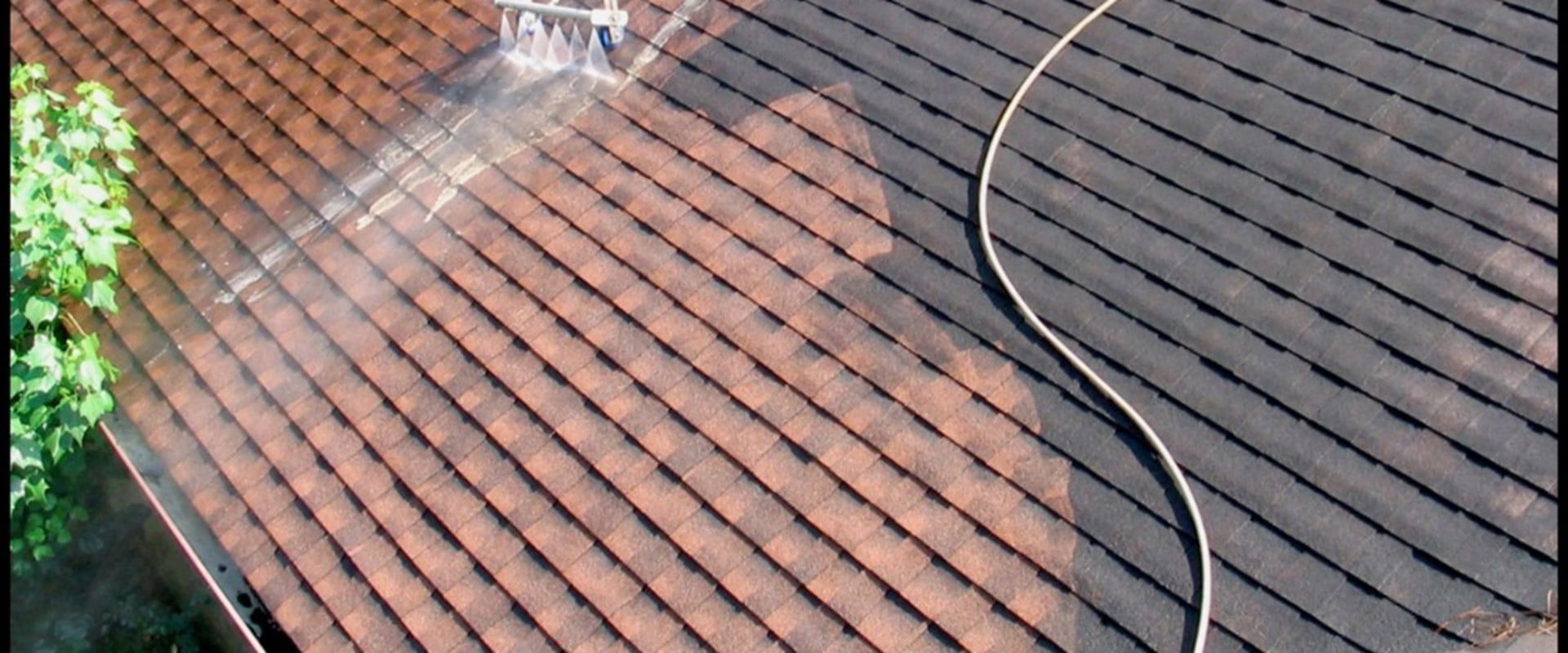Metal roofs are known for their durability, weather resistance, and long lifespan, making them a popular choice in both modern builds and home renovations. However, many homeowners mistakenly believe that metal roofing is maintenance-free. The truth is, metal roofs are not immune to organic buildup—and when left untreated, algae and mold growth can cause hidden moisture problems that compromise both performance and longevity.
Algae and Mold: More Than Just Cosmetic Issues
At first glance, the dark streaks or green patches forming on your roof may seem like harmless cosmetic stains. In reality, they are signs of active organic growth. Algae and mold thrive in moist, shaded areas—especially in regions with high humidity or frequent rainfall. Over time, these organisms form biofilms that cling tightly to the metal surface. While metal doesn’t absorb water like wood or asphalt, these biofilms trap moisture against the roof’s surface, creating a damp environment that accelerates corrosion, especially around screws, fasteners, and seams.
This trapped moisture can also work its way under flashing or into the insulation layers beneath the roof, where it may not be noticed until water damage appears inside the home. Homeowners who are in the middle of a renovation project or seasonal cleanup may discover warped drywall, interior stains, or even mold smells in the attic—all originating from a metal roof that was never properly cleaned.
Soft Washing: A Safer, Smarter Cleaning Solution
High-pressure washing might seem like the obvious fix, but blasting a metal roof with intense water pressure can cause more harm than good. Not only can it force water into areas meant to stay dry, but it can also scratch or dent the protective coatings that prevent rust. That’s where soft washing comes in. This low-pressure cleaning method uses eco-friendly solutions that break down algae and mold at their roots, allowing them to be rinsed away without damaging the roof’s surface or its finishes.
Soft washing is especially valuable during home renovations, when other contractors may be installing gutters, solar panels, or new insulation systems. A clean roof ensures that moisture isn’t introduced into freshly upgraded areas and supports the overall health of the home. In fact, exterior cleaning professionals often coordinate their services with roofing contractors to ensure both visual and structural integrity are preserved throughout the project.
The Bigger Picture: Prevention and Planning
Incorporating roof soft washing into your home maintenance schedule isn’t just about aesthetics—it’s about preventing costly repairs down the line. If you live in a climate like Florida, where humidity and rainfall are common, mold and algae are a near certainty unless you proactively manage them. Just as you'd plan for seasonal landscaping or follow an optimal paver sealing schedule for Orlando homes, scheduling soft washing for your metal roof ensures that moisture problems are kept at bay before they start.
Final Thoughts
Algae and mold may seem like minor surface problems, but when they invade a metal roof, they can create long-term moisture issues that aren’t visible until it’s too late. Soft washing is a gentle yet effective solution that extends the life of your roof, protects your renovation investments, and keeps your home safe from hidden structural damage. A little prevention goes a long way in home maintenance—and your roof is no exception.







